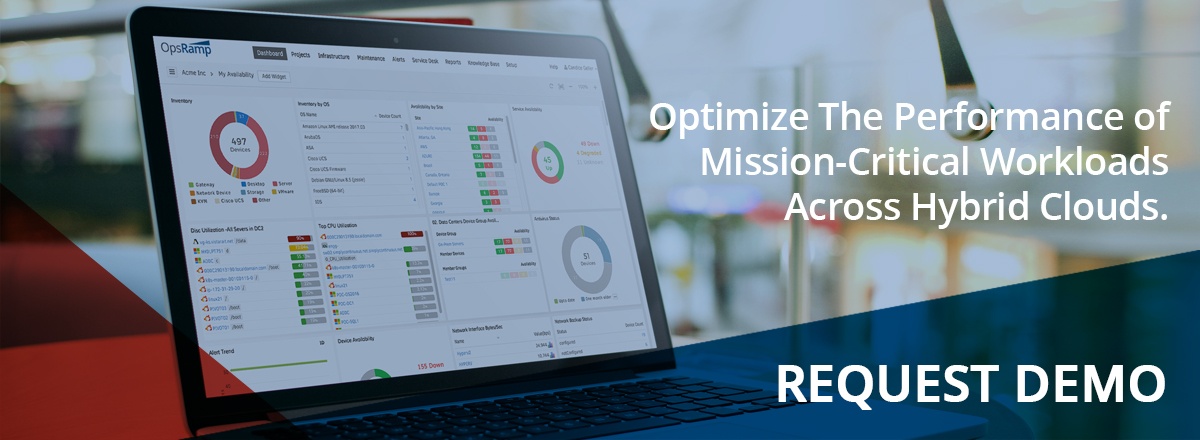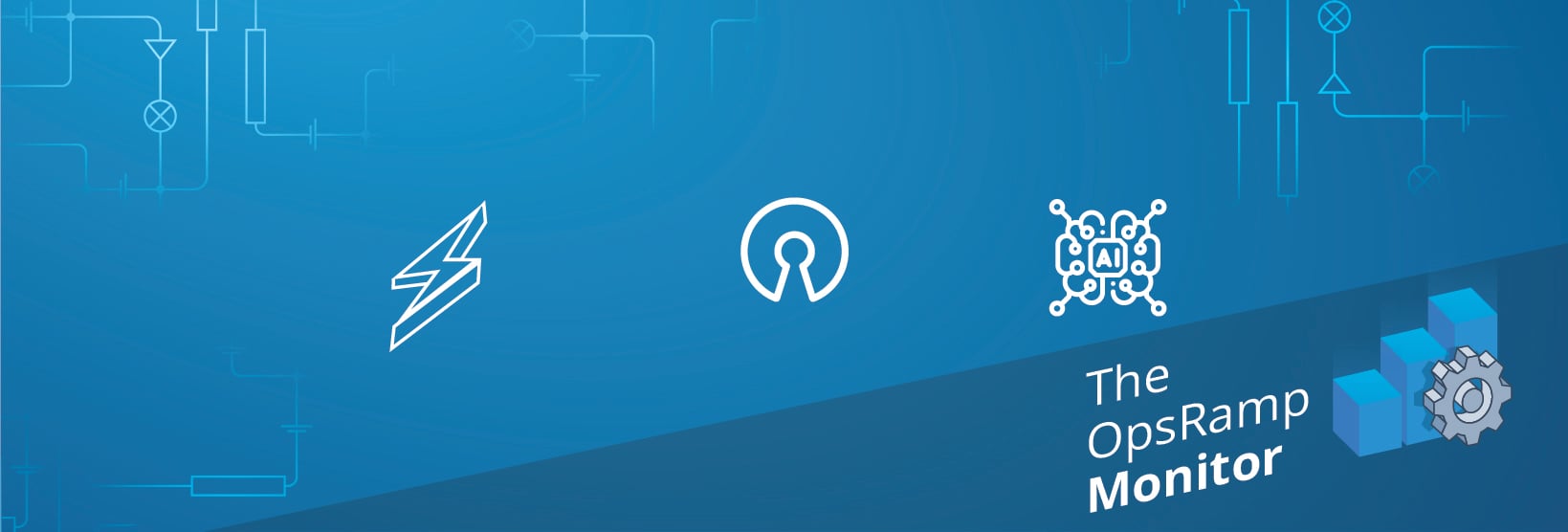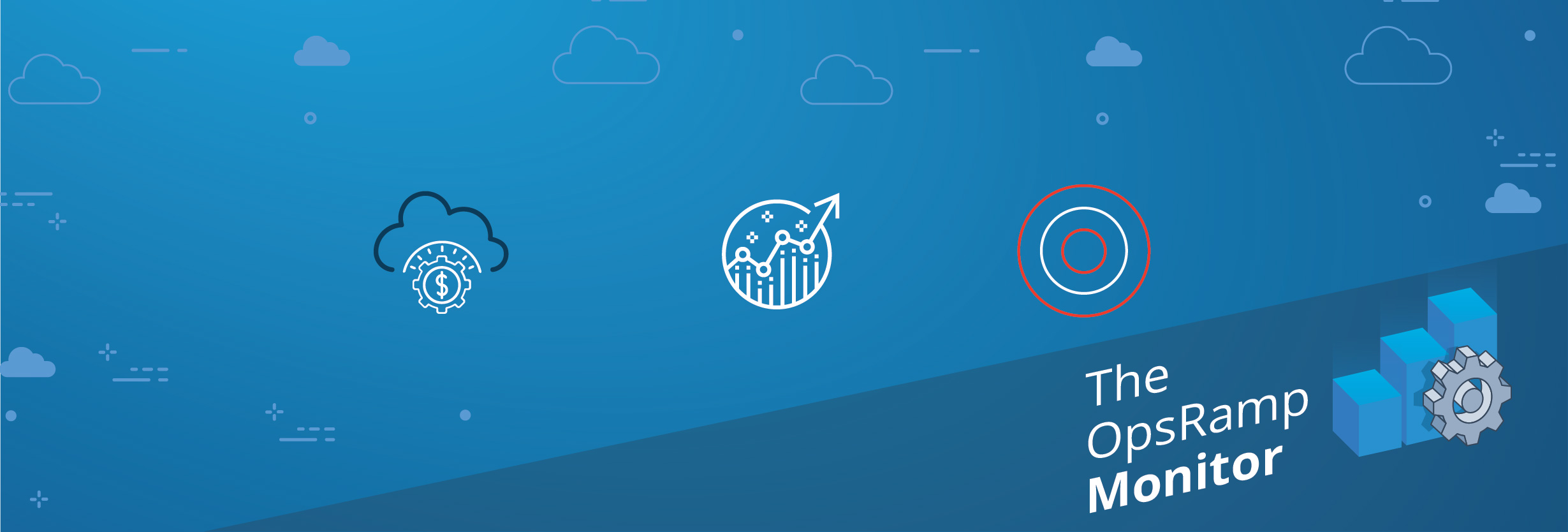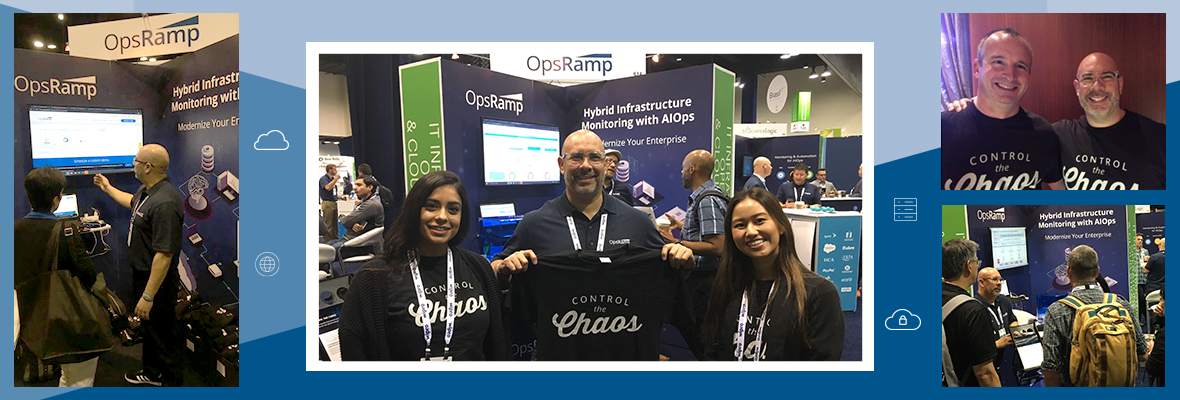Hybrid cloud management is really about managing the old and the new IT worlds - Brandon Butler, This Is What The New Hybrid Cloud Looks Like
In this third and final blog post on wisdom from our recent webinar, The Road to Hybrid Cloud at Epic Games, we discuss cloud management challenges at Epic. CIO Chris Gerhardt is a hands-on observer of Epic’s cloud transformation journey and shares some excellent insights and learnings from his experiences.
Why Hybrid Cloud Is Different
The speed at which change is being introduced into the infrastructure today is significantly more than what it used to be. Keeping up with changes in hybrid cloud environments is demanding from an IT operations perspective. CIOs need to ensure that Dev and Ops are on the same page with all the changes being introduced in the environment.
“Maintaining a shared understanding of what’s happening in your environment is a challenge. We are improving how our teams interact by understanding how our change management processes look like and continually overhauling them.” - Chris Gerhardt
Enterprises need a more agile change management process that delivers very rapid changes. You can hit a button and spin up hundreds of servers today. How can you make sure that Ops teams know how to manage these servers once they go live?
Managing Your Hybrid Clouds (Without Losing your Sanity)
From an operations perspective, how do you simultaneously manage these different environments across multiple vendors? IT needs an integrated solution that monitors all the services they deliver to customers even if they span multiple hosting providers.
With hosting providers you need tools that can drill-down into components of the environment at an infrastructure level. With your own gear, its a classic NOC where you need to detect issues when something goes wrong and hopefully prevent issues from affecting the end user.
In a hybrid environment you have two different problems (on-premises and cloud) and one context. In the cloud, you aren’t monitoring at the hardware level but at the element level of your production environment. In your own infrastructure, you have the entire stack to manage.
“You have the workforce side of operations where you have teams spanning the globe all looking at the IT environment from different perspectives. It’s important to have a command center where everybody sees the same thing and operates using the same information.” - Chris Gerhardt
A central command center enables you to see how services are mapped to the infrastructure regardless of whether they are in Amazon Web Services or another hosting provider. Your command center should tie together alerts from the application and service levels all the way down to the infrastructure. That’s a critical component of hybrid cloud management.
Operating At Devops Speed
When a new release happens, an environment gets spun up. How do you strike a balance between release velocity and stable operations? If you swing too far on one side, you end up with locked-down environments that don’t take advantage of automation. If you swing too far the other way, you have too much unmanaged change entering the environment.
Your monitoring system should be able to automatically enroll and manage elements across your infrastructure. Fine tune your management processes so that knowledge transfer issues between the people who develop the systems and the people who deploy them are addressed. CIOs should work hard to build the same degree of knowledge across teams so that you can manage the lifecycle of the application infrastructure effectively.
For more of Chris’ wisdom, watch the The Road to Hybrid Cloud at Epic Games webinar on-demand.






